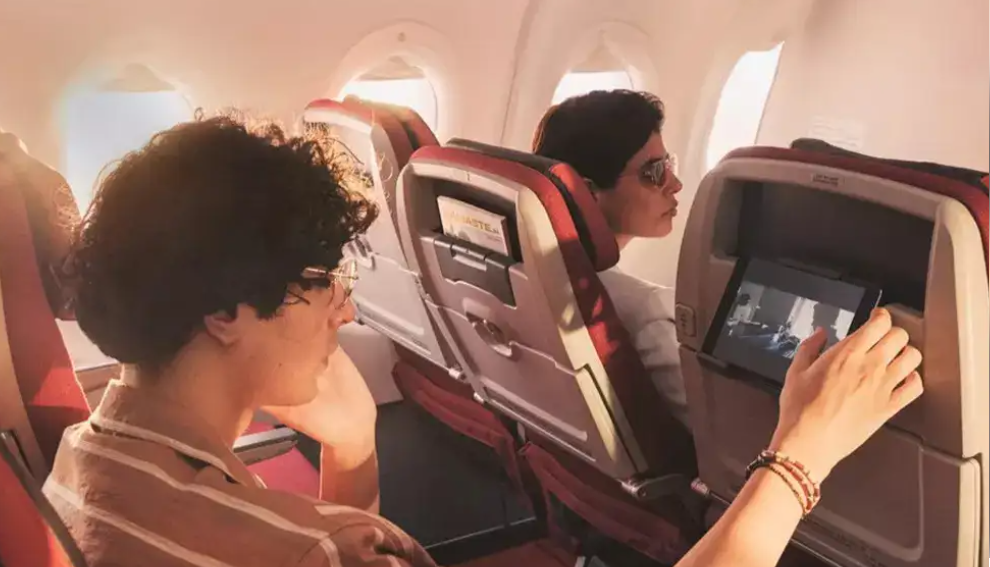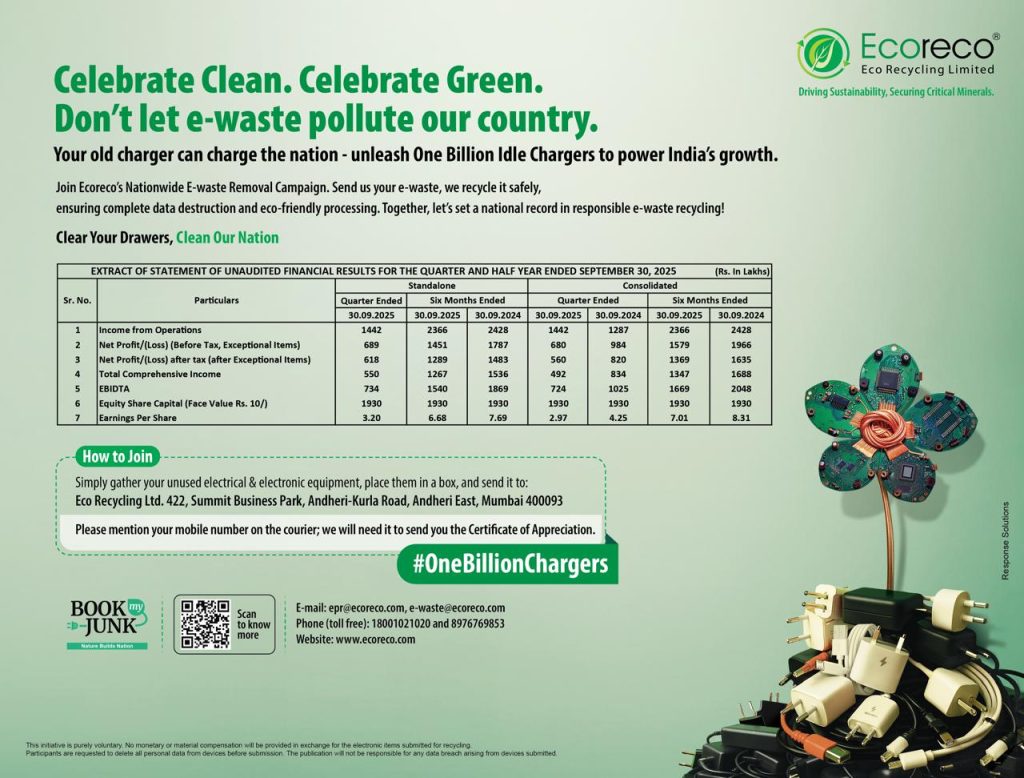India’s aviation growth story is hitting an unexpected snag. While Akasa Air and Air India are eager to expand their fleets, they are caught in a regulatory logjam in the United States that is delaying delivery of fully certificated planes — including aircraft that are technically complete, yet remain grounded because their seats have not received clearance.
Akasa Air, which had targeted a fleet size of 35-40 aircraft by March this year, is still operating around 30. The carrier’s growth has been hampered not by domestic constraints but by delays in aircraft deliveries, as seats installed by US-based regulators await certification that may take up to 18 months.
Similarly, Air India is experiencing delivery delays tied to the same US regulatory churn. Even when a plane is structurally ready, the time taken to clear seating configurations for import and operation into India is stalling fleet expansion.
What’s driving the holdup?
- US regulators, in the wake of safety reforms and upgraded certification protocols, are extending the time taken to approve cabin elements such as seats — a step many aircraft owners may underestimate but which is now proving critical.
- The global supply chain for aircraft interiors and seats is under pressure; airlines dependent on rapid fleet growth are finding that even minor components create cascading effects.
- For carriers like Akasa and Air India, which are operating in a highly competitive domestic market, delays translate into lost opportunity, higher costs for idle planes and pilots, and slower scale of operations.
Why it matters:
For Akasa, which launched in 2022 and achieved remarkable growth to become India’s fourth-largest domestic carrier, the delays are a strategic headwind at a time when competitors are also scaling. The inability to induct new aircraft on schedule may compromise network expansion plans, cost structures and market share ambitions. For Air India, reinstating robust growth after restructuring hinges on fleet availability — and every delayed delivery tightens the margin for error.
Looking ahead, the regulatory queue may ease as US authorities and manufacturers prioritise cabin interior approvals, but the current bottleneck is a reminder that for airlines, growth depends not only on aircraft orders — but also on every link in the supply, certification and delivery chain. Until this log-jam clears, airlines may face constrained growth despite high demand and large order books.





Leave A Comment